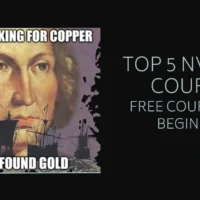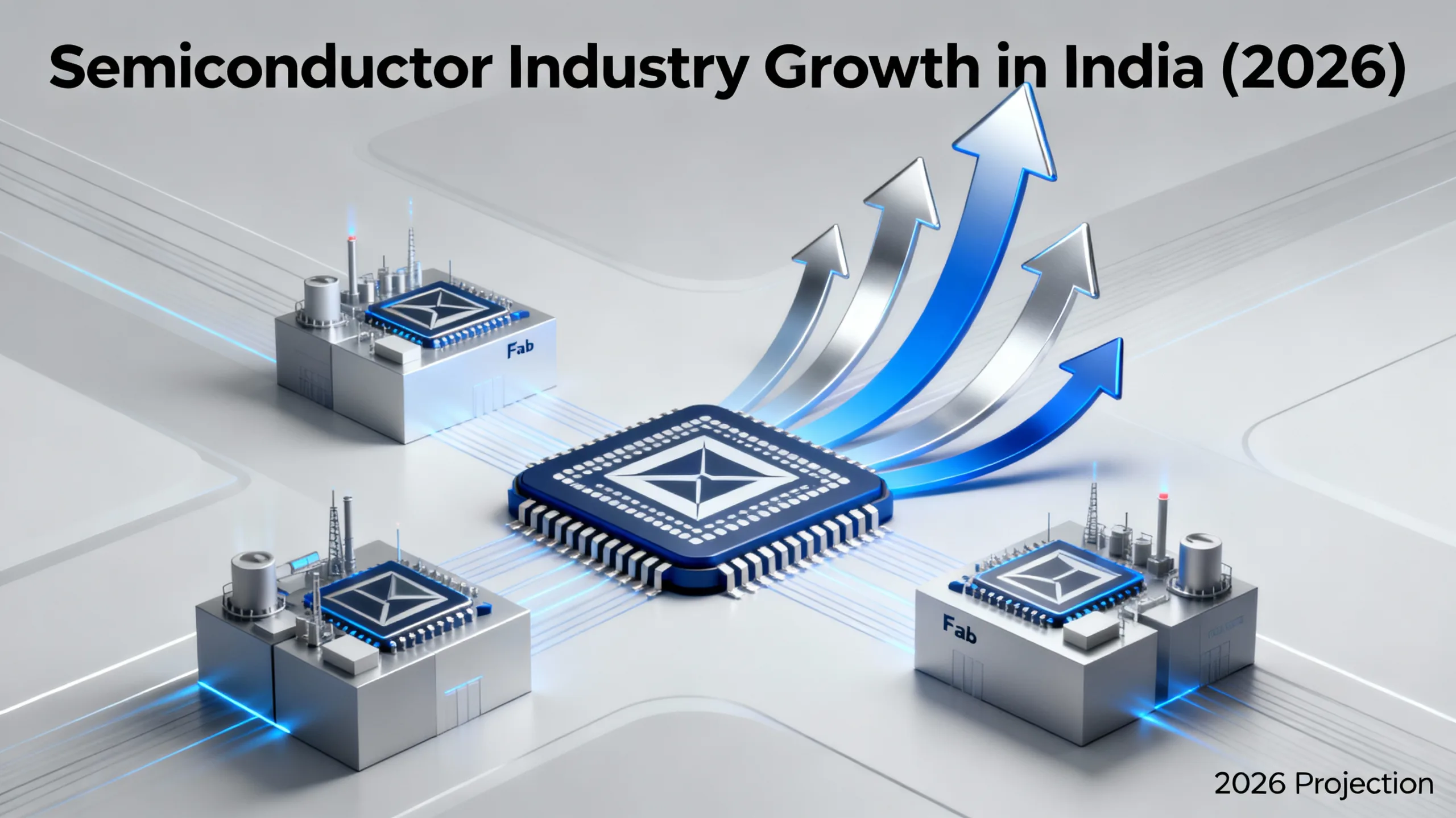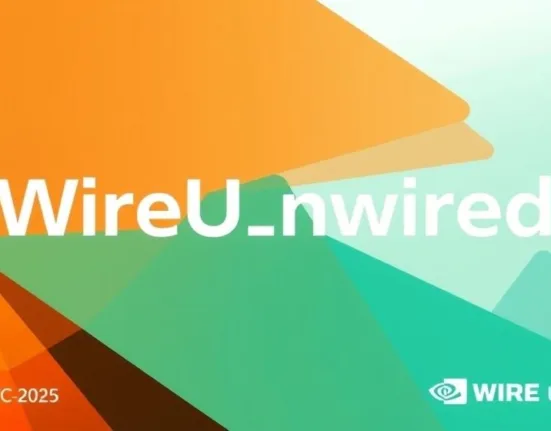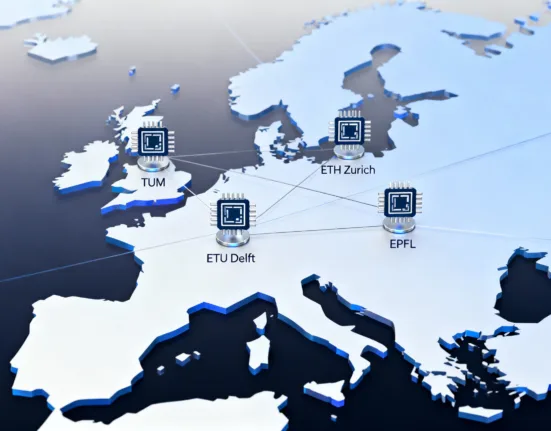Classical Computers Surpass Quantum Computers: A New Paradigm
- by Priyadarshan
- 12 February 2024
- 4 minutes read

 WireUnwired Brief
WireUnwired Brief
Surpassing Quantum Computing: Researchers have demonstrated that classical computers, using a selective algorithm, can outperform quantum computers in speed and accuracy, challenging the notion of quantum supremacy.
Optimizing Tensor Networks: The team focused on tensor networks, which represent qubit interactions. They optimized these networks using techniques from statistical inference, enhancing computational efficiency.
Future Prospects: The researchers are developing tools for handling diverse tensor networks, confident of further advancing quantum computing. This work showcases the untapped potential of classical computing and opens new pathways for technological advancement.
- Why Tesla May Build Its Own Chip Fab: Breaking Down the AI Semiconductor Push
- Top European Master’s Programs for Chip Design: Opportunities, Trends & Industry Insights
- Qualcomm and MediaTek Ready to Power India’s Chip Manufacturing Surge by 2026
- Hopewind and Wolfspeed Unveil Next-Gen Silicon Carbide Power Cabinet for Wind Energy Revolution
- Tower Semiconductor Unveils Advanced CPO Foundry Tech for 3D-IC Integration
In a groundbreaking study, a team of researchers have demonstrated that classical computers can not only keep up with their quantum counterparts but also surpass them in speed and accuracy. This revelation challenges the widely held belief that quantum computing, with its ability to process and store information in quantum bits (qubits), is the undisputed future of computation.
Classical vs. Quantum Computers
Quantum computing has been hailed as a revolutionary technology that can outperform classical computing in both speed and memory usage. It deploys qubits to store quantum information in values between 0 and 1, a feature that allows quantum algorithms to drastically outperform their classical counterparts. However, quantum computers are finicky and have a tendency to lose information. Moreover, translating quantum information into classical information, which is necessary for useful computation, is a challenging task.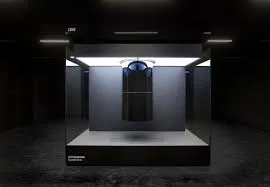
On the other hand, classical computers process information in the form of digital bits (0s and 1s). They do not suffer from the problems of information loss and translation that plague quantum computers. Moreover, cleverly devised classical algorithms can mimic a quantum computer with far fewer resources than previously though
The Breakthrough
The researchers’ results show that classical computing can be reconfigured to perform faster and more accurate calculations than state-of-the-art quantum computers. This breakthrough was achieved with an algorithm that keeps only part of the information stored in the quantum state — just enough to accurately compute the final outcome.

Tensor networks are mathematical objects that can describe complex systems, such as quantum systems, in a compact and efficient way. They are composed of tensors, which are multidimensional arrays of numbers, connected by lines. The lines represent the indices of the tensors, and the connections indicate how the tensors are contracted to form a larger tensor network.
To contract tensors means to apply the canonical pairing of a vector space and its dual space to a pair of indices that are one covariant and one contravariant. This results in a sum of products of the tensor components over that pair of indices, and reduces the rank of the tensor by two.
One of the challenges in quantum computing is to manage the interactions between qubits, which are the basic units of quantum information. These interactions can be represented by tensor networks, but they can be very complex and hard to manipulate. However, recent advances have enabled the optimization of these networks using techniques derived from statistical inference, which enhances the computational efficiency. Joseph Tindall of the Flatiron Institute, who leads the project, compares this process to image compression into a JPEG format.

By choosing different structures for the tensor network, one can achieve different levels of computational “compression“, which affects how information is stored and processed. Tindall and his team are developing versatile tools for handling various tensor networks.
“Choosing different structures for the tensor network corresponds to choosing different forms of compression, like different formats for your image,” says Tindall.
“We are successfully developing tools for working with a wide range of different tensor networks. This work reflects that, and we are confident that we will soon be raising the bar for quantum computing even further.”
Road ahead
This remarkable research demonstrates the difficulty of attaining quantum supremacy and reveals the hidden capabilities of classical computing.
By redesigning classical algorithms, researchers are pushing the limits of computing and creating new opportunities for technological progress, combining the advantages of both classical and quantum methods in the pursuit of computational excellence.
These are Articles
Tesla is considering building its own chip fab to meet soaring semiconductor demand for AI, robotics, and autonomous driving. Elon Musk’s push for vertical integration could reshape the auto and AI hardware sectors, but faces major technical and financial hurdles.
Explore the leading European universities for a master's in chip design, compare Europe vs. US job prospects, and discover key trends shaping the semiconductor industry in 2025.
Qualcomm and MediaTek have signaled readiness to invest in India’s chip manufacturing push by 2026, contingent on local fabs and packaging plants. Industry analysts expect the first major India-based chip production and sourcing initiatives as several semiconductor projects near completion, with strong support from government incentives and local manufacturers.
Hopewind and Wolfspeed launch the first all-silicon carbide wind power cabinet, boosting power density by 38% and setting new benchmarks for global wind energy efficiency.
Discover more from WireUnwired Research
Subscribe to get the latest posts sent to your email.


